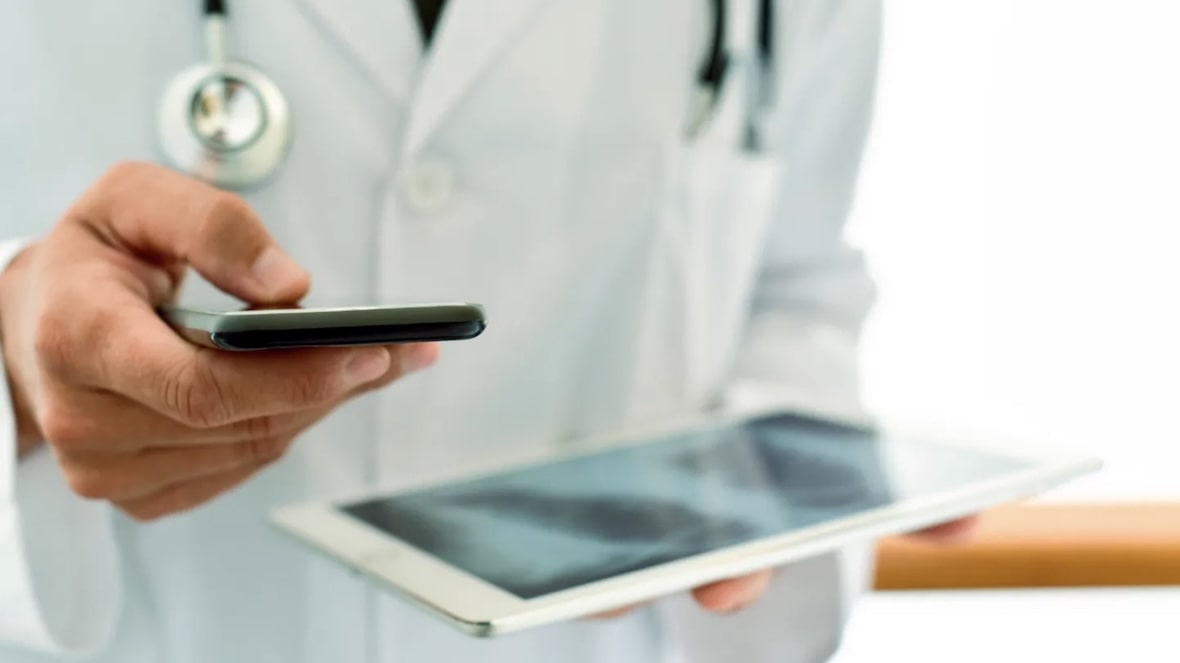Bruun went on to list several apps which included some I had heard about at another conference this past summer put on by Stanford Health. These innovative apps impressed me with their simplicity, and underscore how behavioural health is ripe for disruption. While some areas of behavioural health have been slow to adopt technology, connected health and tele-health are two areas that have produced rapid innovation.
Enter apps for persons in recovery that offer tools that include social support, goal setting, therapy, and behaviour tracking and modification. A drug-court program in Massachusetts conducted a pilot utilising a mobile app called A-CHESS that offers ongoing support and relapse prevention to people recovering from substance-use disorders: besides providing support to users, the app offers additional benefits. One instance of domestic violence and another regarding a drug overdose were both “resolved with the aid of A-CHESS communication tools,” researchers reported.
Other promising apps include Ginger.io, which garnered mentions at both conferences. This app provides subscription-based access to an entire care team to provide “comprehensive, 24/7 care for stress, anxiety, & depression.” Through the app, patients are offered support, guidance, therapy, and medication advice from professional coaches, licensed therapists, and psychiatrists. Patients can use the unlimited chat feature 24/7 to access their coach. The app also has a tele-health component that allows patients to participate in video therapy.
Another favourite is CrisisTextLine. Not an app per se, but instead a 24/7 lifeline for anyone in crisis. Users simply send a text to 741741 to reach a trained crisis councillor. The organisation utilises data science and technology to improve accuracy and access for patients. They openly publish crisis trends that provide a fascinating snapshot of the thousands of participants who have used the service. They track keywords and use algorithms to move certain crisis situations up in the queue based on certain phrases used by participants.
Specifically designed for youth in Utah, a similar concept is offered through the SafeUT app. The app offers secure messaging with a crisis councillor 24/7. Users can also initiate a phone call through the app to be instantly connected to a councillor. Another unique feature of this app is the ability to report anonymous tips (which can include photos or video) to school administrators regarding bullying, threats, or violence. According to an article by the Salt Lake Tribune, usage of the app has increased every month. In November 2016 alone, crisis councillors received about 1,000 text messages from students in distress.
HopeLab was funded by the founder of CrisisTextLine and eBay. Founded in 2001 with the bold idea to create a video game that would help kids fight cancer, HopeLab designs fun and engaging experiences to improve the health and well-being of kids and young adults. Their first offering, a game called Re-Mission, puts the patient at the centre of their health experience.
On the behavioural health technology side, HopeLabs partnered with the Yale Centre for Emotional Intelligence to develop the Mood Meter app. The app is a digital tool that helps users plot their feelings and uses strategies to help them shift their mood to get to a more positive state. The user interface is simple yet colourful and engaging and allows the user to select strategies, see personal reports, and set reminders for checking in with the app.
From the Dalai Lama Centre for Ethics and Transformative Values at MIT, the Mitra app helps users find a better alignment between their core values and their daily life. Designed initially for leaders to explore how to align their professional values with their deep personal values and enhance reflective thinking skills for ethical development, the app helps users to identify core values while analysing and measuring data to create actionable goals. The app allows users to gain insight on how their actions impact their values and help better align behaviours.
Mindoula offers subscription-based 24/7 case management to individuals and families facing mental health and emotional challenges. Mindoula offers a full-service approach for a range of mental health issues at a fraction of the cost of traditional treatment options. While Washington, D.C. participants can choose to meet with a mental health caregiver in person, the service is designed to utilise a virtual experience. Via the app, patients have the ability to text, call, or request a call from their “Mindoula.” The app offers one-touch check-ins and calling features that make it easy for patients to stay connected with their case manager.
Offering mobile programs based in cognitive behavioural therapy, Lantern helps users with their emotional well-being via a subscription-based service. Users take a quiz and are offered a personalised experience with daily exercises and a professional coach through either web-based or mobile programs.
Rounding out the tour is an app called Optimism. The suite of web, PC, or smartphone-based apps aids users in creating action plans for coping with mental illnesses, including depression, bipolar disorder, anxiety, and PTSD. The self-tracking app helps users detect patterns in their mood, allowing them to grow their understanding of the “triggers” that affect them personally and provide early warning signs of a new episode. Users document a wellness plan that details strategies and appropriate steps in the event of an illness. The app is free to individuals, and clinicians can subscribe to the service to help manage multiple clients.
These apps—along with other tele-health approaches—allow providers to “meet patients where they’re at,” which is crucial in making strides with a population that faces a multitude of challenges in receiving care. There are equally innovative apps for managing chronic conditions and tracking home-bound patients, but apps for behavioural health have the potential to finally move the needle and bring major innovation to an industry that was left out of Meaningful Use incentives. The next step is using population health tools to aggregate data from these various apps alongside traditional health data to paint a comprehensive picture for care teams to address the whole health of patients.
To quote Brunn, “You can do so many of these things with Uber. Why not healthcare?”



